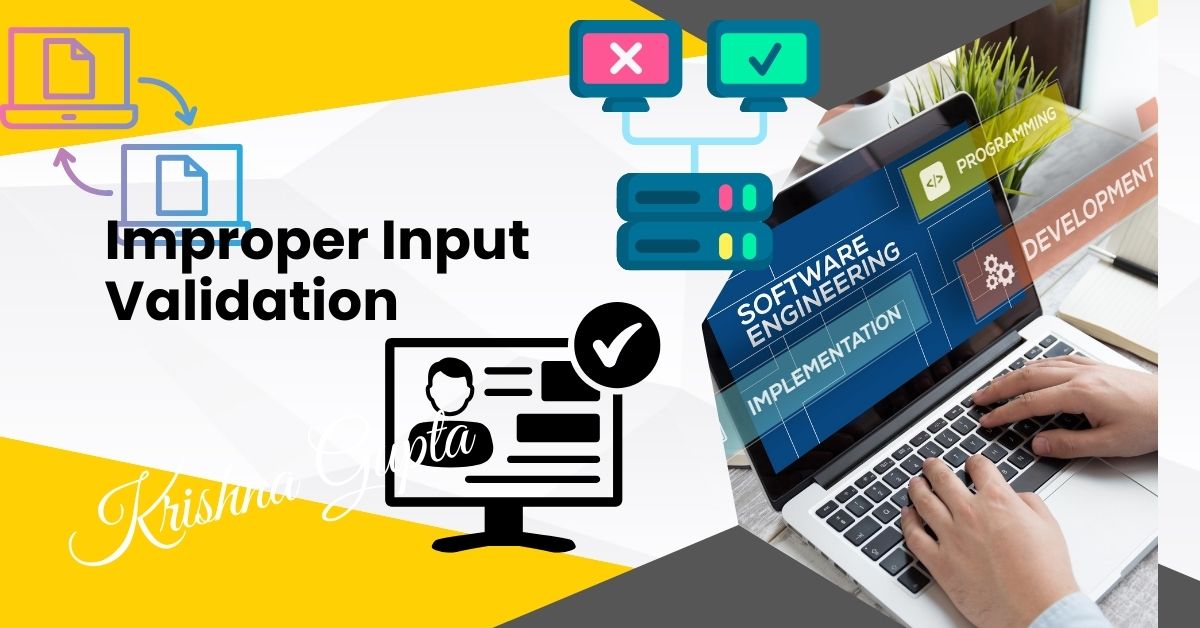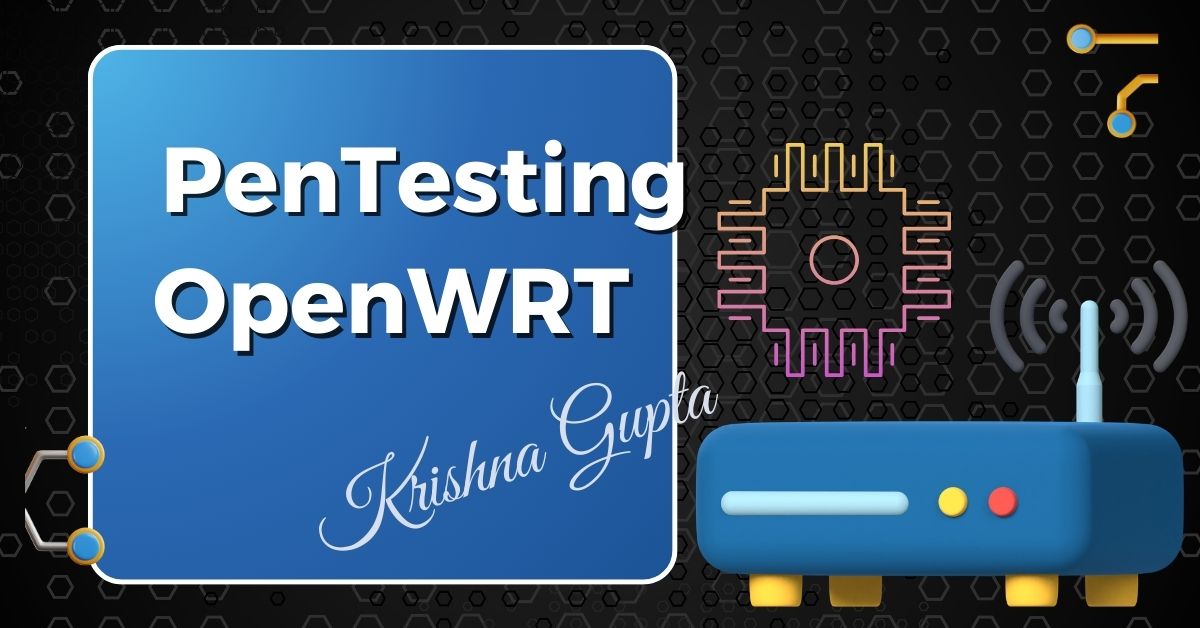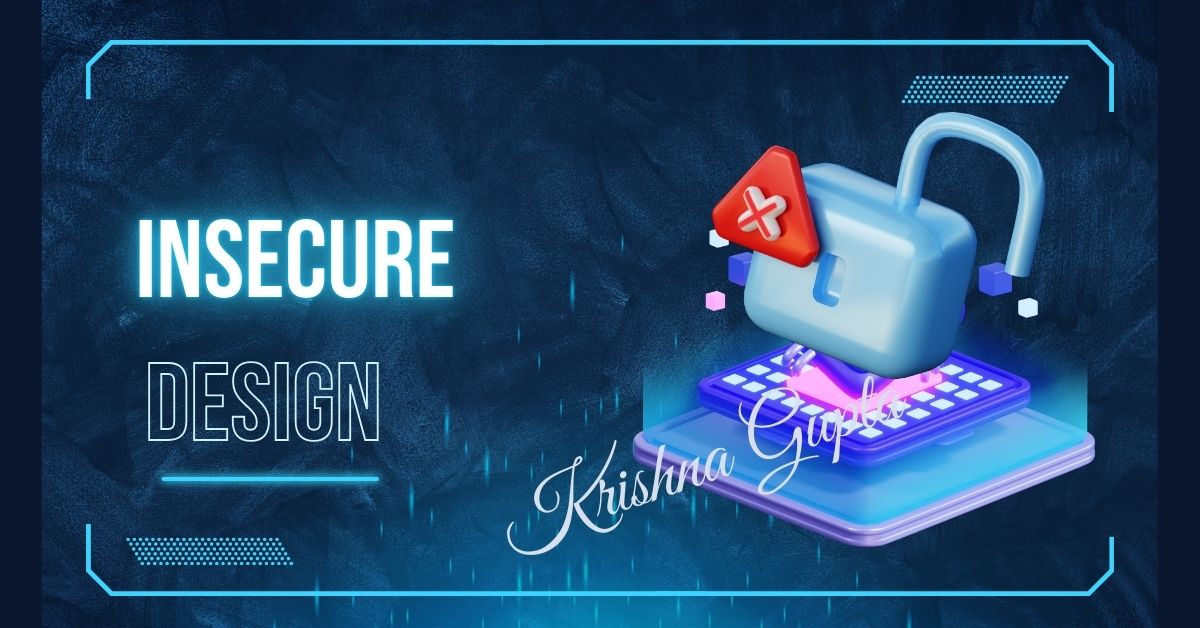WordPress, which began as a simple blogging platform in 2003, has evolved into one of the most widely used content management systems (CMS) globally. Currently powering over 40% of websites, WordPress has become synonymous with digital publishing—ranging from small personal blogs to large-scale enterprise solutions. For many C-level executives, WordPress represents an agile, cost-effective solution to rapidly establish and manage an online presence.
However, with extensive adoption comes amplified risk. The same features that make WordPress easy to use—such as its vibrant plugin ecosystem and open-source nature—can also create ripe opportunities for attackers to exploit vulnerabilities. WordPress database injection, often referred to more broadly as SQL injection (SQLi), stands out as a critical concern. Attackers who successfully execute a database injection can gain unauthorised access to sensitive data, manipulate website content, or even pivot to other parts of the organisation’s network.
WordPress relies on a MySQL (or MariaDB) database to store content, user data, plugin settings, and other critical information. An SQL injection attack leverages insecure code or configurations to inject malicious SQL queries into the database, allowing attackers to read, modify, or even delete data, and in some extreme cases, compromise the server itself.




